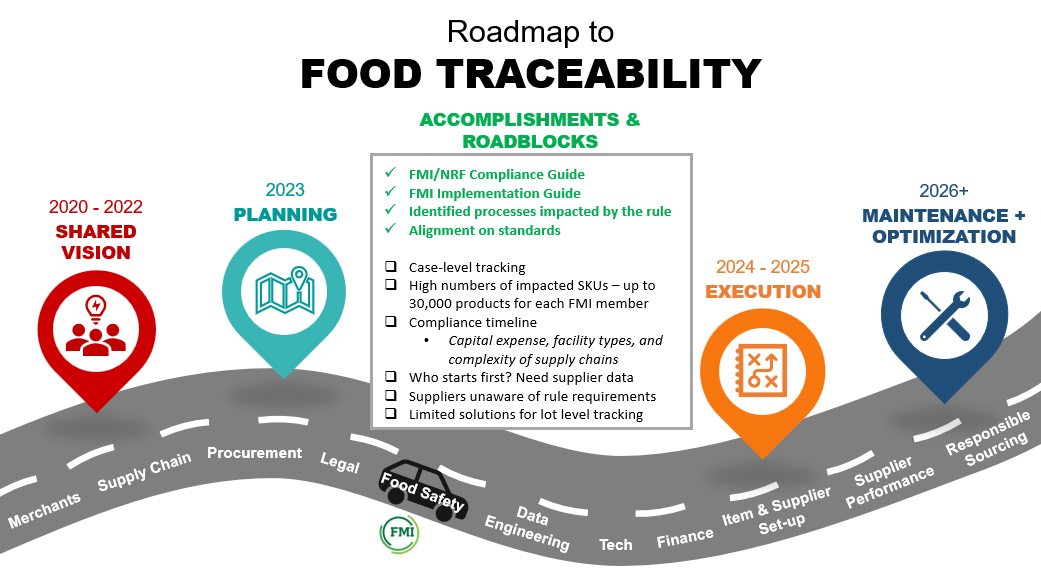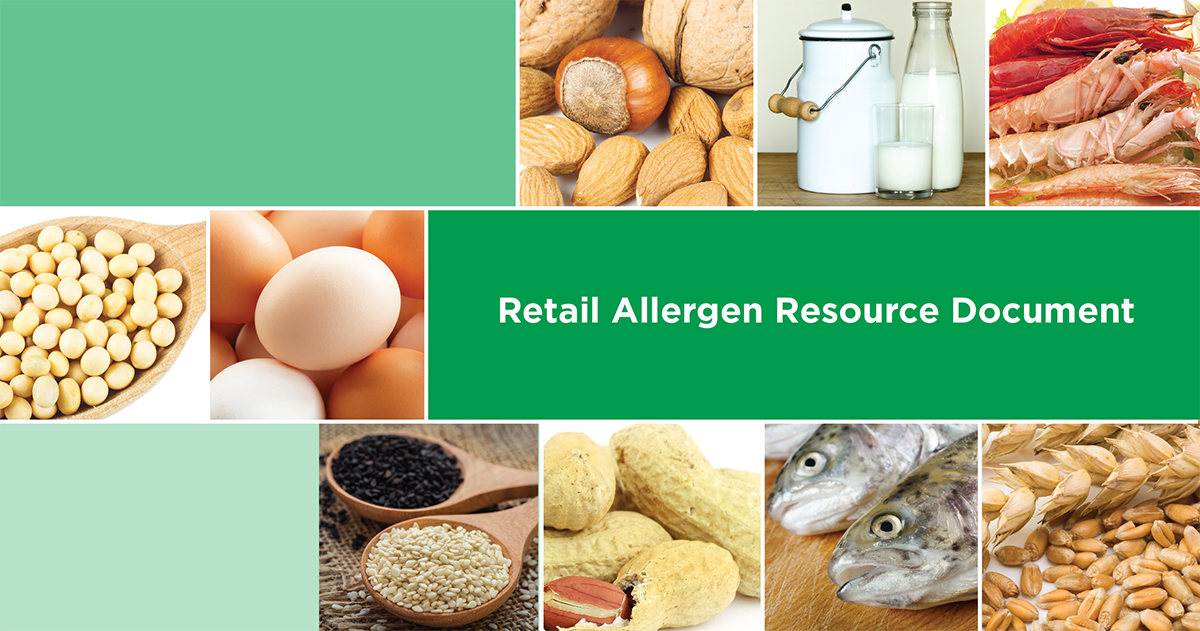
FMI lists three steps to assure supply chain meeting produce-safety best practices
by Joan Murphy
Retailer buyers should follow three steps to begin the process of assuring produce suppliers are following best food-safety practices, advised Hilary Thesmar, vice president of Food Safety Programs at the Food Marketing Institute, in a Feb. 12 blog.
A few weeks ago at an FMI meeting in Miami, the retailer association highlighted three steps as a starting point for implementing the Produce Safety Best Practices Guide for Retailers, a January 2014 guide FMI published with the help of the United Fresh Produce Association and Produce Marketing Association. The 12-page guide is directed at buyers, produce managers, food-safety associates and others involved in supply chain management and in-store handling of produce.
First, companies need to incorporate a food safety-systems approach that extends beyond the food-safety and quality-assurance departments, she said.
“Managers, buyers, quality assurance/food safety teams, suppliers, are just a few departments who play some role in the safety of produce — from the farm to the customer point of purchase,” she said. The food-safety guide should be shared with your team, said FMI.
Second, retailers need to appoint a project lead who will ensure suppliers meet the company’s produce-safety standards and adopt the best practices.
“Implementing produce safety best practices is dependent on a leader who will drive change across an organization,” Thesmar said. “Throughout the process, the lead will continuously communicate with all stakeholders to identify any gaps and troublesome issues that arise.”
Third, Thesmar said all growers, regardless of size, supplying retailers must have food-safety plans.
Small growers may lack the expertise or the resources to create and adopt a food-safety plan, but retailers “can play an integral role in assisting growers in understanding the importance of having a food-safety plan and by sharing resources to help small growers develop food-safety plans and attain safety standards, such as Good Agricultural Practices.”
She added, “A written food-safety plan is the foundation of building preventive food-safety, and communication is an essential part of this system. By engaging in a two-way dialogue, retailers can assure all requirements and specifications are clearly and fairly communicated, as well as identify needs for food-safety training.”


 Industry Topics address your specific area of expertise with resources, reports, events and more.
Industry Topics address your specific area of expertise with resources, reports, events and more.
 Our Research covers consumer behavior and retail operation benchmarks so you can make informed business decisions.
Our Research covers consumer behavior and retail operation benchmarks so you can make informed business decisions.
 Events and Education including online and in-person help you advance your food retail career.
Events and Education including online and in-person help you advance your food retail career.
 Food Safety training, resources and guidance that help you create a company food safety culture.
Food Safety training, resources and guidance that help you create a company food safety culture.
 Government Affairs work — federal and state — on the latest food industry policy, regulatory and legislative issues.
Government Affairs work — federal and state — on the latest food industry policy, regulatory and legislative issues.
 Get Involved. From industry awards to newsletters and committees, these resources help you take advantage of your membership.
Get Involved. From industry awards to newsletters and committees, these resources help you take advantage of your membership.
 Best practices, guidance documents, infographics, signage and more for the food industry on the COVID-19 pandemic.
Best practices, guidance documents, infographics, signage and more for the food industry on the COVID-19 pandemic.
